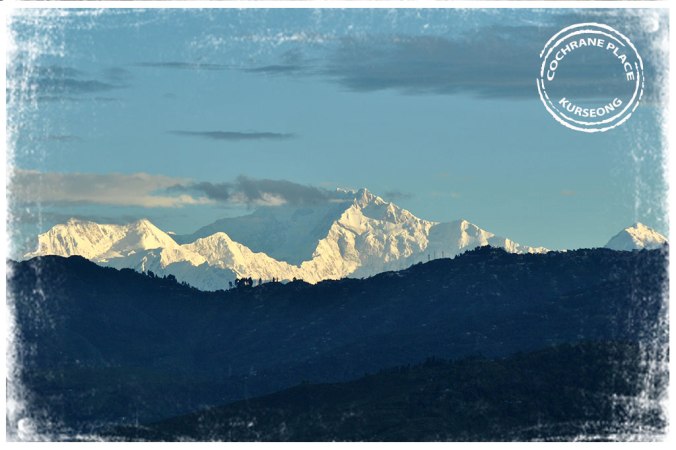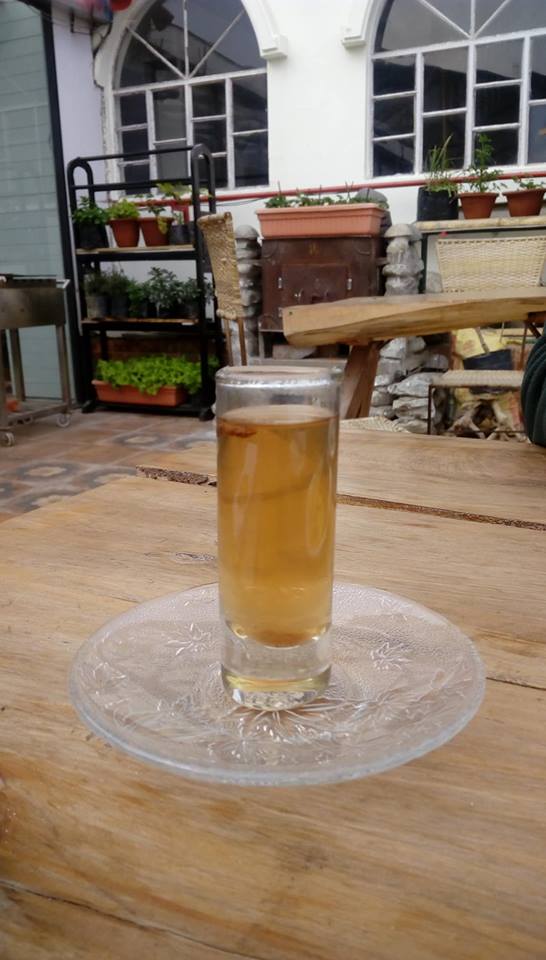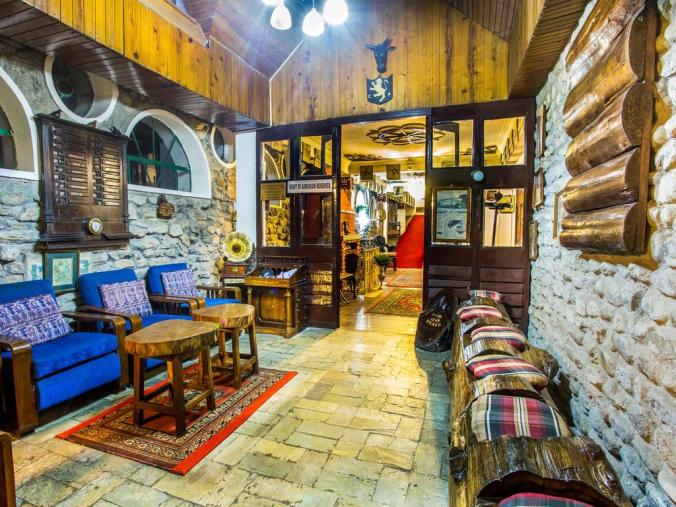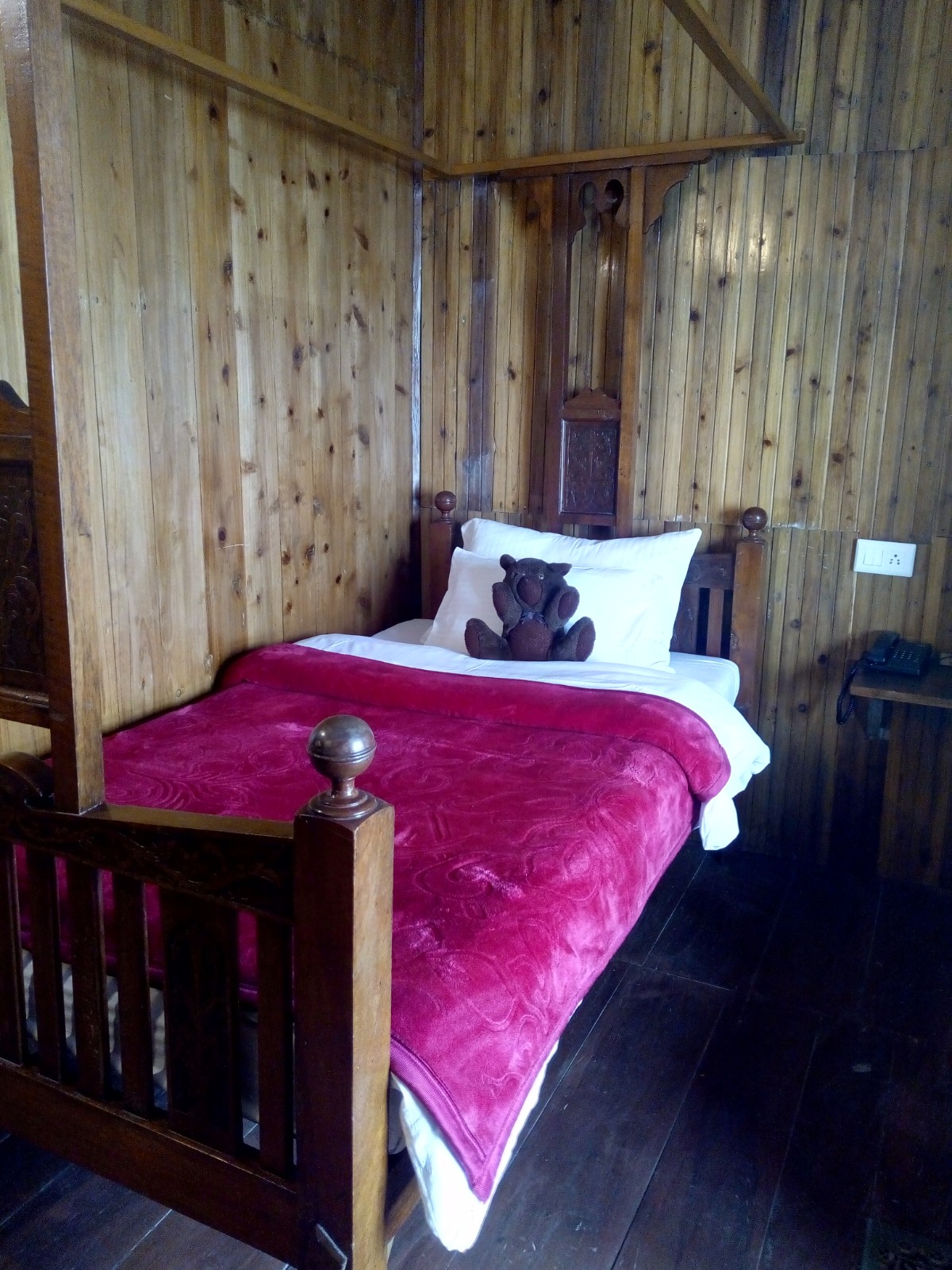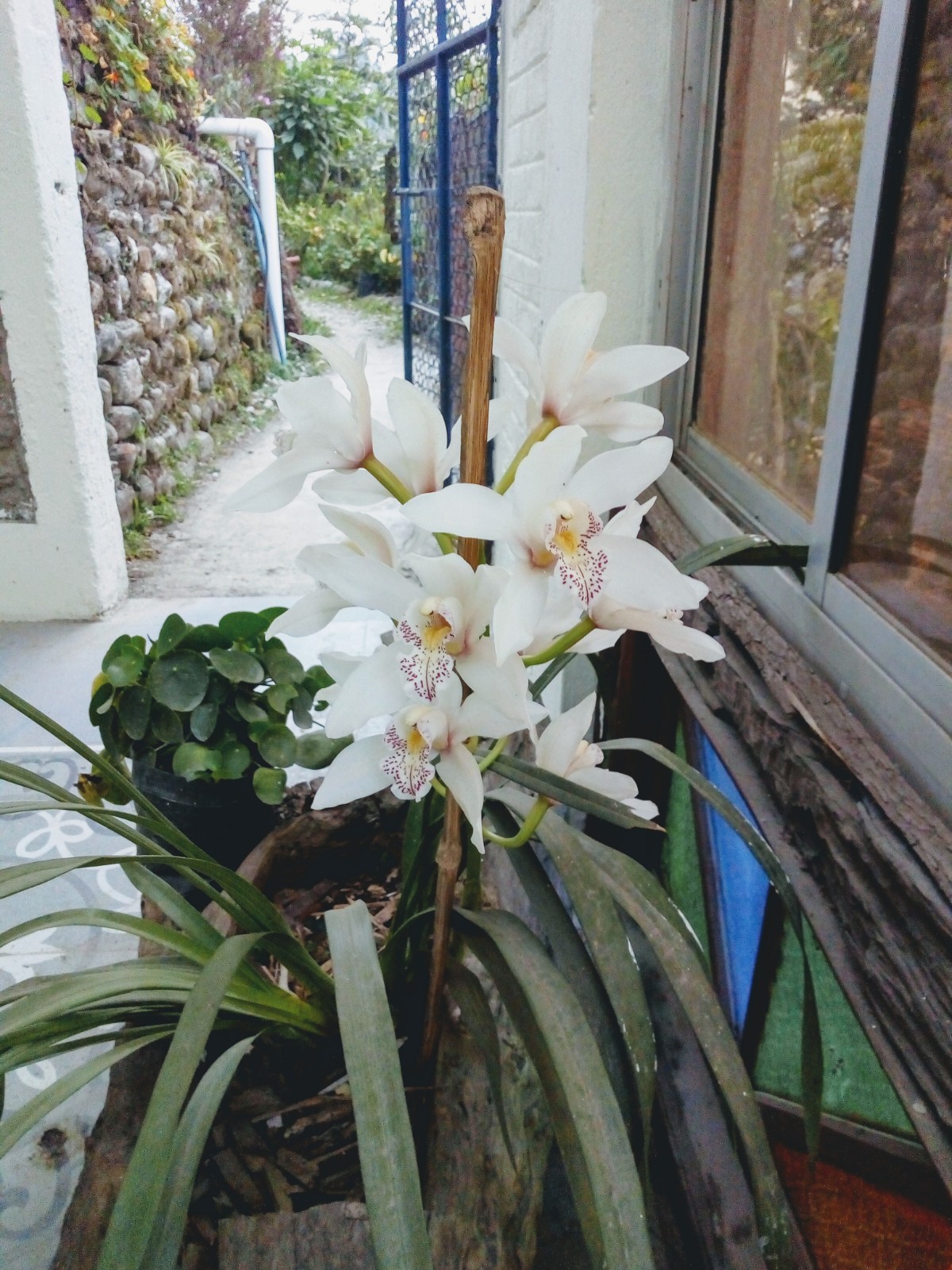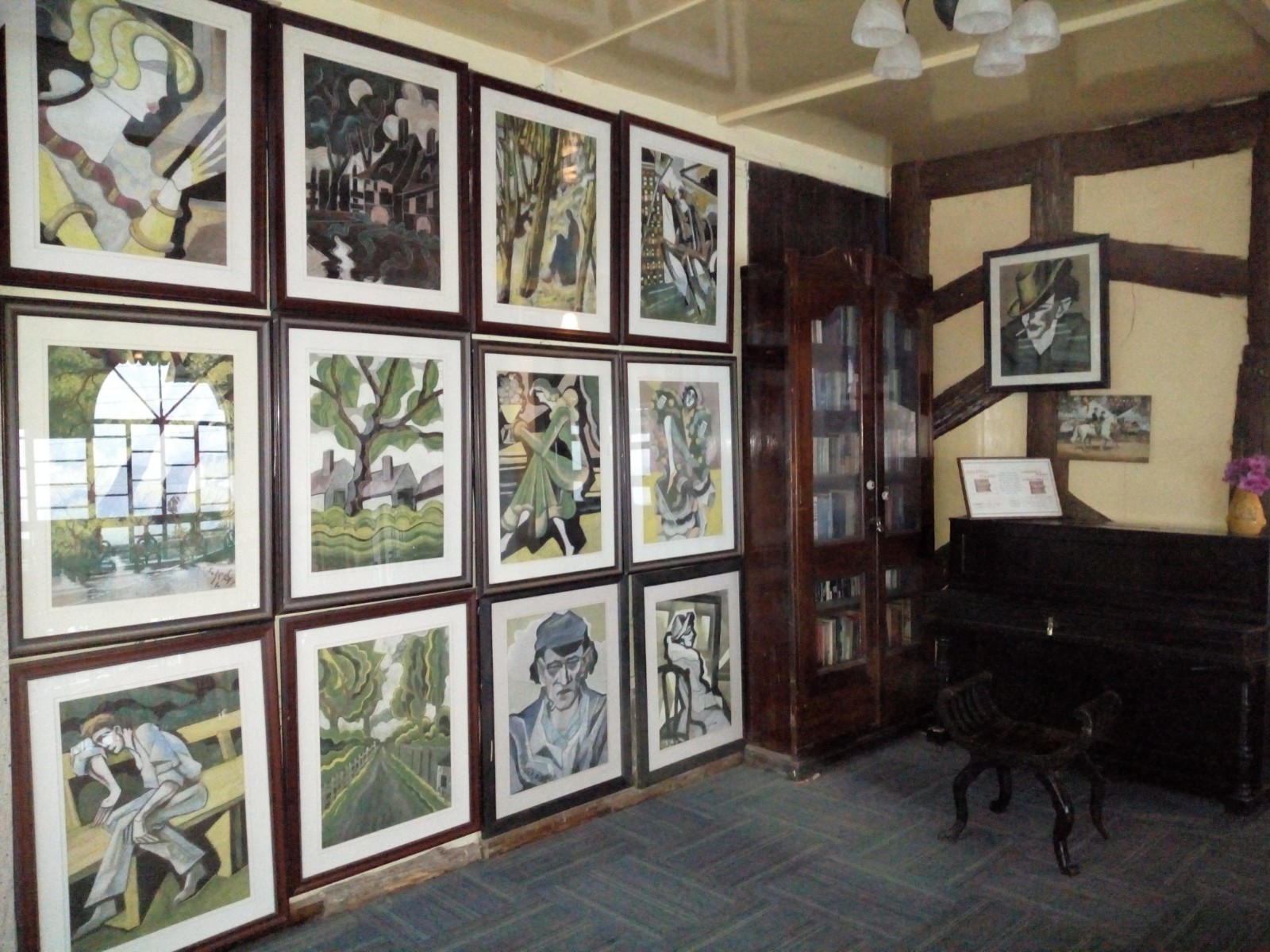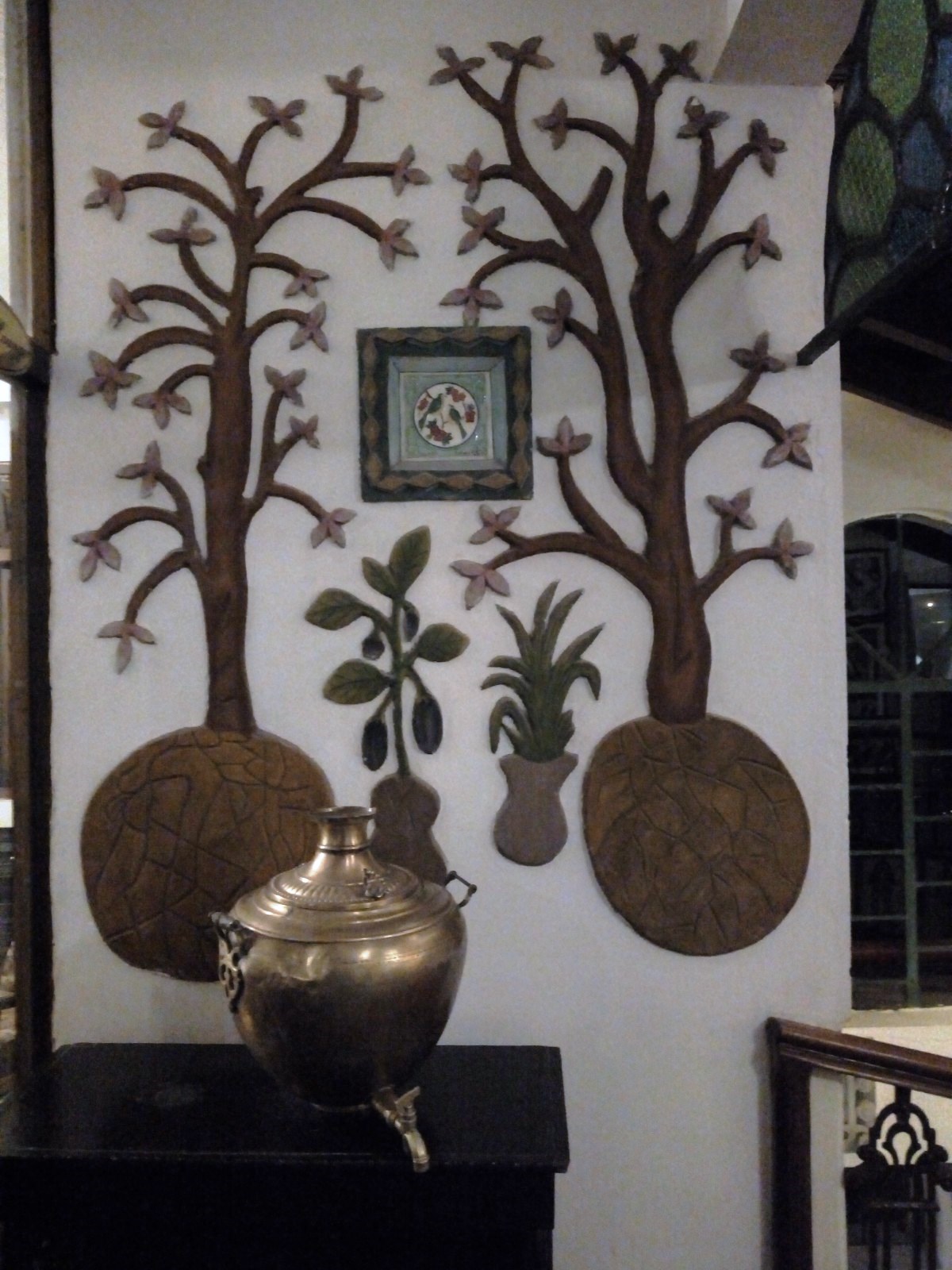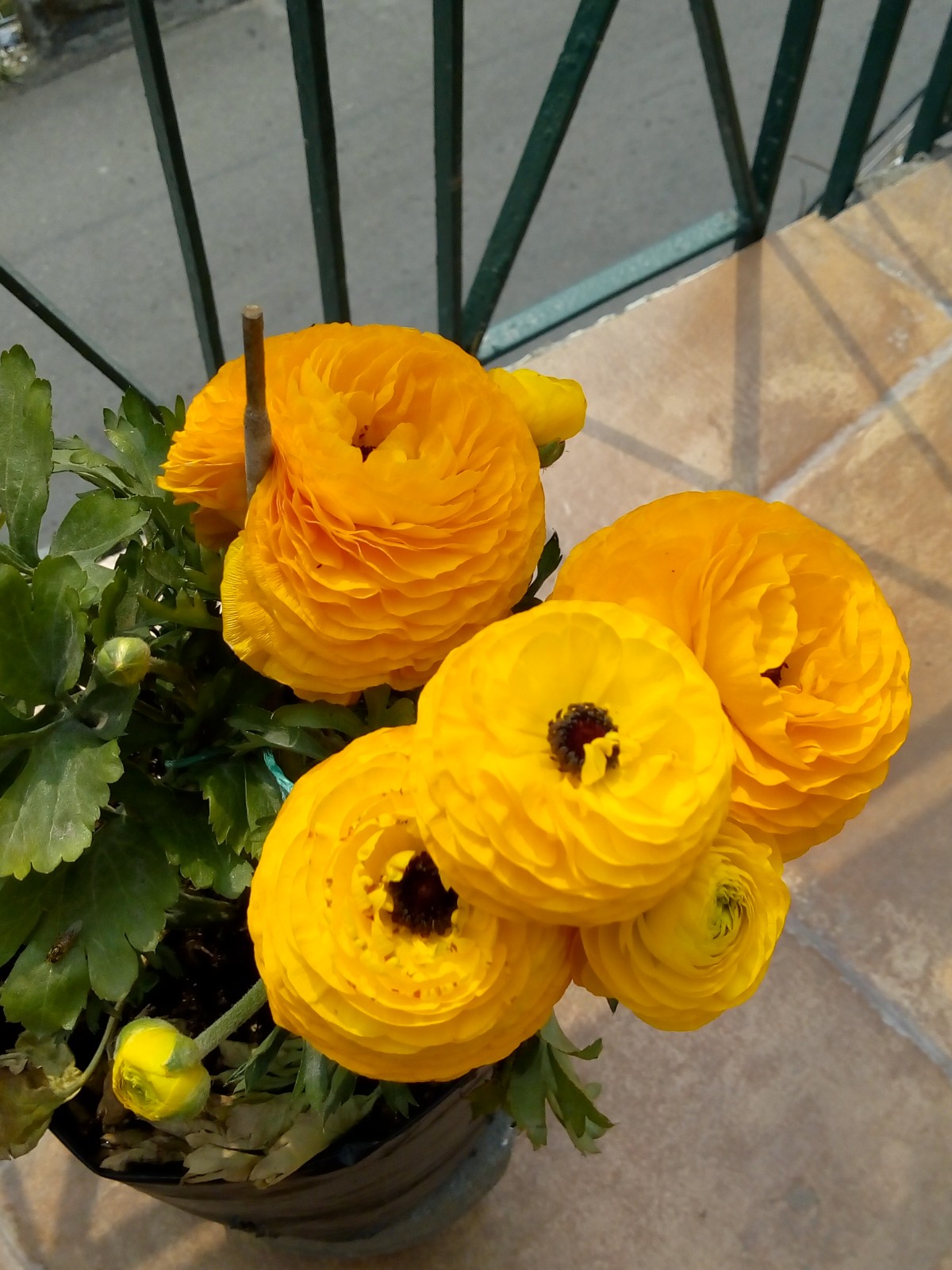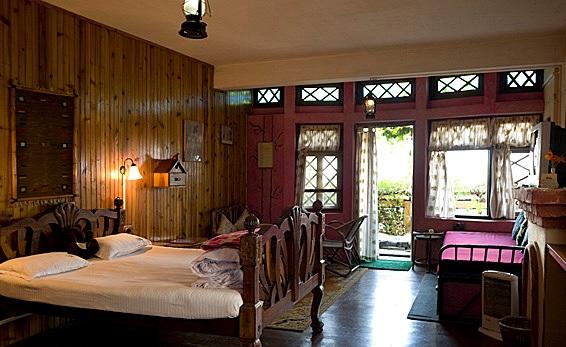Darjeeling Tea Trail
The history of Darjeeling is as interesting as the place itself. Darjeeling which is the combination of two words dorje’ meaning thunderbolt and “Ling” meaning place (therefore, the land of thunderbolt) was part of the Old Sikkim Kingdom. During the early 18th century Sikkim and Nepal were continuously fighting each other and during one such battles the Nepalese had reached up to the Teesta Valley and into the foothills of the Himalayas. It is at this time that the Nepal Army got onto the wrong foot of the British East India Company and a battle ensued. The Nepalese were defeated in the war and as a Goodwill gesture the East India company reinstated the Sikkim King in his land that was taken over by Nepal on the condition that the East India Company will have the right over the hill (now Darjeeling). Against that the Raja of Sikkim was also offered a generous allowance of Rs.3000 per annum. The Raja of Sikkim’s revenue from this track of land had never exceeded RS. 20 per annum and therefore he happily agreed to the offer. This allowance was later increased to Rs.6000 per annum.
However, in 1849 the relation between the British and the Sikkim worsened with the imprisonment of two British officers by Sikkim authorities. Eventually they were released but as a punishment the British stopped the annual allowance and annexed its territory. By 1860 peace was restored in the borders and began the march of progress in Darjeeling. Roads and important construction work began in full swing.
Frankly, the British had fallen in love with this beautiful Himalayan hill and had decided to make this their summer gateway from the sultry heat of the Indian plains. In order to turn this little hill into a quiet little hill station they built everything over a period of time that is required for the British officers to live comfortably; and thus the famous Loreto Convent was built in 1847, Saint Paul’s School in 1864, Planters club in 1868, Lloyd’s Botanical Garden is 1878, Saint Joseph School in 1888, Railway station in 1899, and the Town hall in 1921. By the early part of the 20th century, Darjeeling became a bustling little town which also became the place of the most desirable tea in the world – The Darjeeling Tea.
With such developments happening all around, Darjeeling saw an overwhelming need for accommodation for the British who were being stationed here for such work – resulting in demands for English ‘Boarding Houses’ which operated as ‘homes away from homes’. Ada Villa, one of the most distinguished boarding houses that was built at that time, is today known as the ‘Windamere Hotel’.
It is not surprising then that Windamere hotel comes steeped in history. It is a fascinating place that has stood the toll of time and retained its charming self almost as undisturbed as it can be for more than a century now.
Ada Villa was a very busy establishment during its early days providing large suites for planters and run by a ‘lady of the house’ who looked after all of their comforts and needs in terms of food, laundry, parties, bar services etc.
Towards 1939 with WW1 looming ahead, many British officers started to return home to the UK. Ada Villa was bought by a group of friends and turned into a private limited company called ‘Windamere Hotel’. Till today the hotel has never been renovated – just ‘restored’ keeping intact the original ‘Planter Suites’, calling them ‘The Royal Suites’ now. Today royalty from all over the world stay here to experience the British way of life infused with Indian hospitality.
Today, Windamere is one of the best ‘Colonial Hotels’ in India. The ‘Asia Pacific Geographic Magazine’, listed it as number 3 in their assessment of ‘The Top Ten Best Colonial Hotels in the Asia Pacific Area’, followed only by ‘Raffles of Singapore’ and ‘The Peninsular of Hong Kong’ in number 1 and number 2 positions respectively and with mentions in ‘The Sunday Times of London’ and the likes.
Windamere has now built a new section next door to the ‘The Royal Suites’ in a way conducive to the old Colonial way of living.
This niche hotel is now a favourite wedding, honeymoon and anniversary destination and the preferred place of stay for the Bollywood fraternity whenever they are in Darjeeling.
The dining here is a very intimate, cosy affair available only for the resident guests. Windamere Hotel is also known for its English Afternoon Tea that is served every day from 4 pm onward in the most authentic English way.

My personal visit to Windamere hotel was no less than walking back into living history and touching it with my own hands and mind. The picture here says a thousand word.
Oh! And this hotel has connection to the actual Lawrence of Arabia… isn’t that fascinating? Visit the hotel and see it for yourself. Some things are better experienced than told.
-
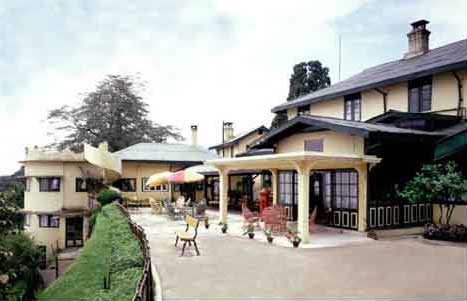
-
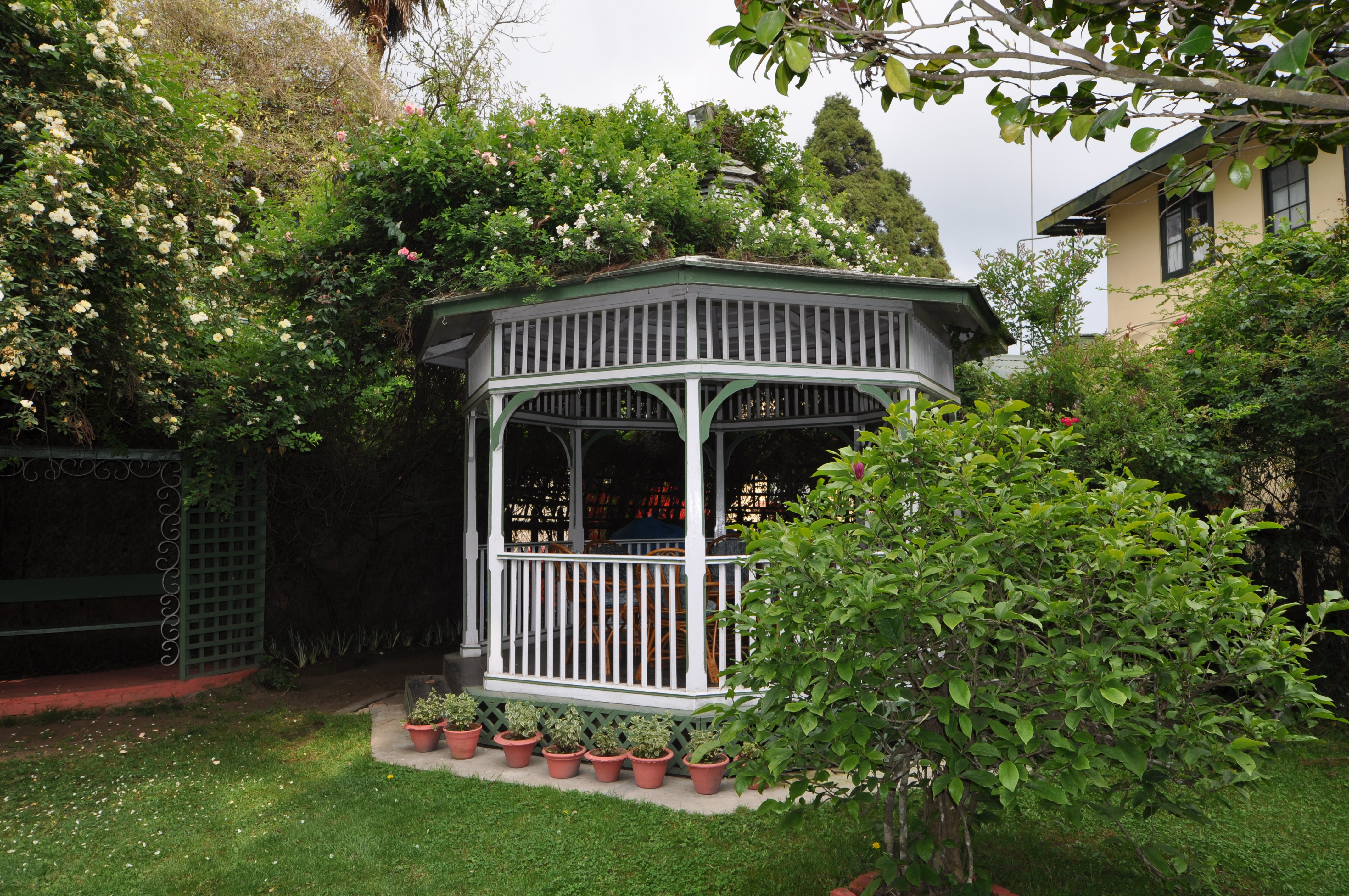
-
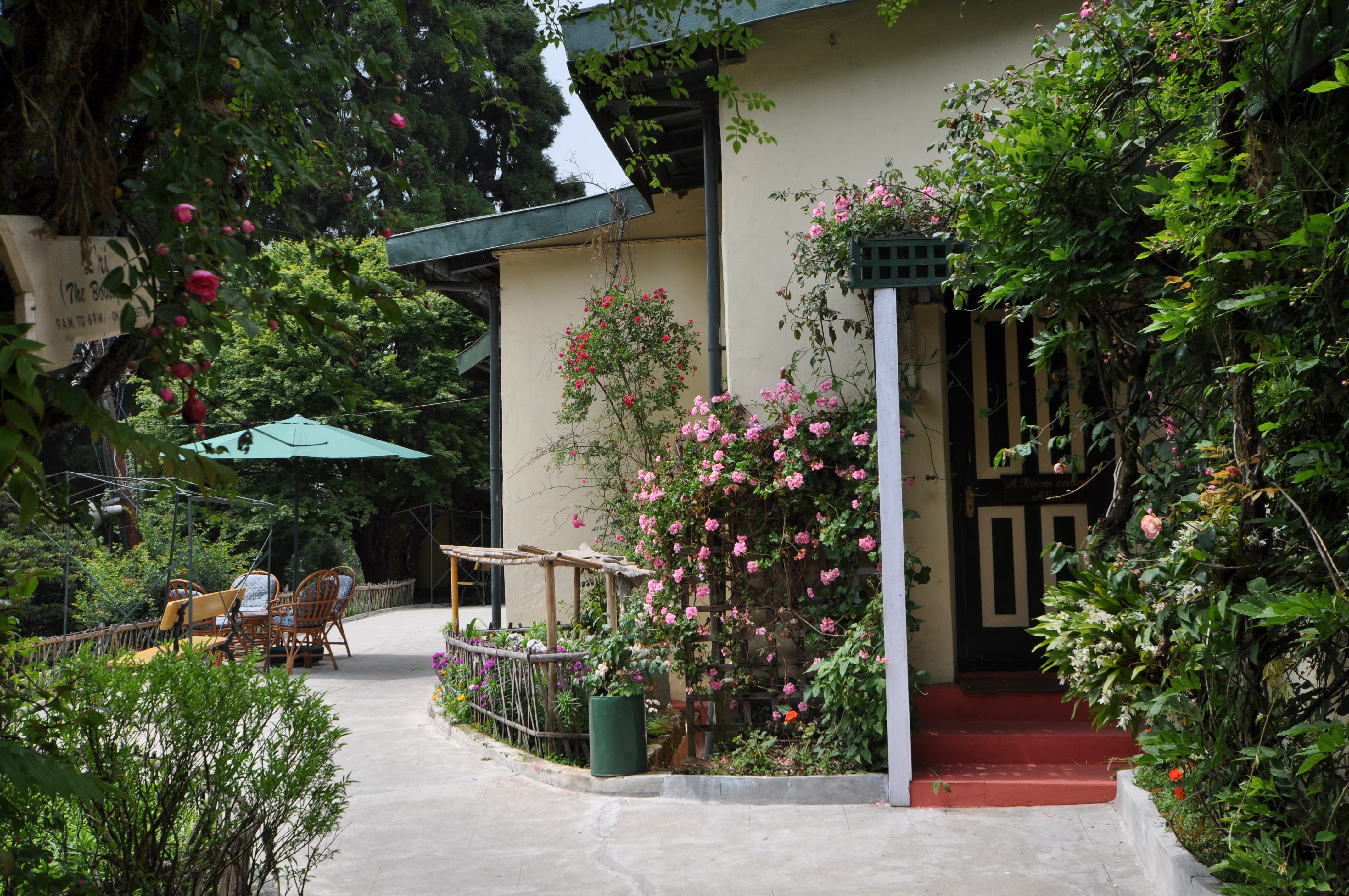
-

-

-

-

-

-
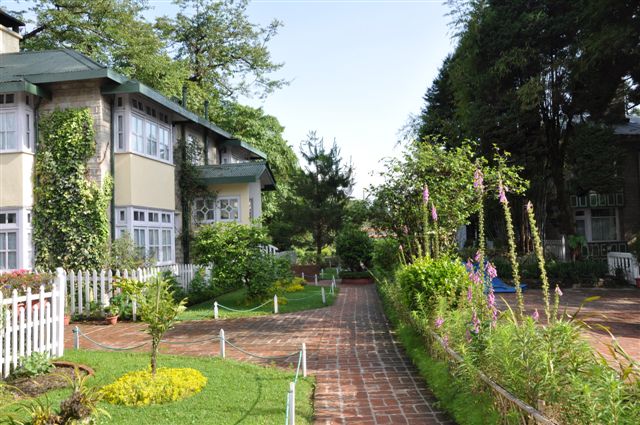
-
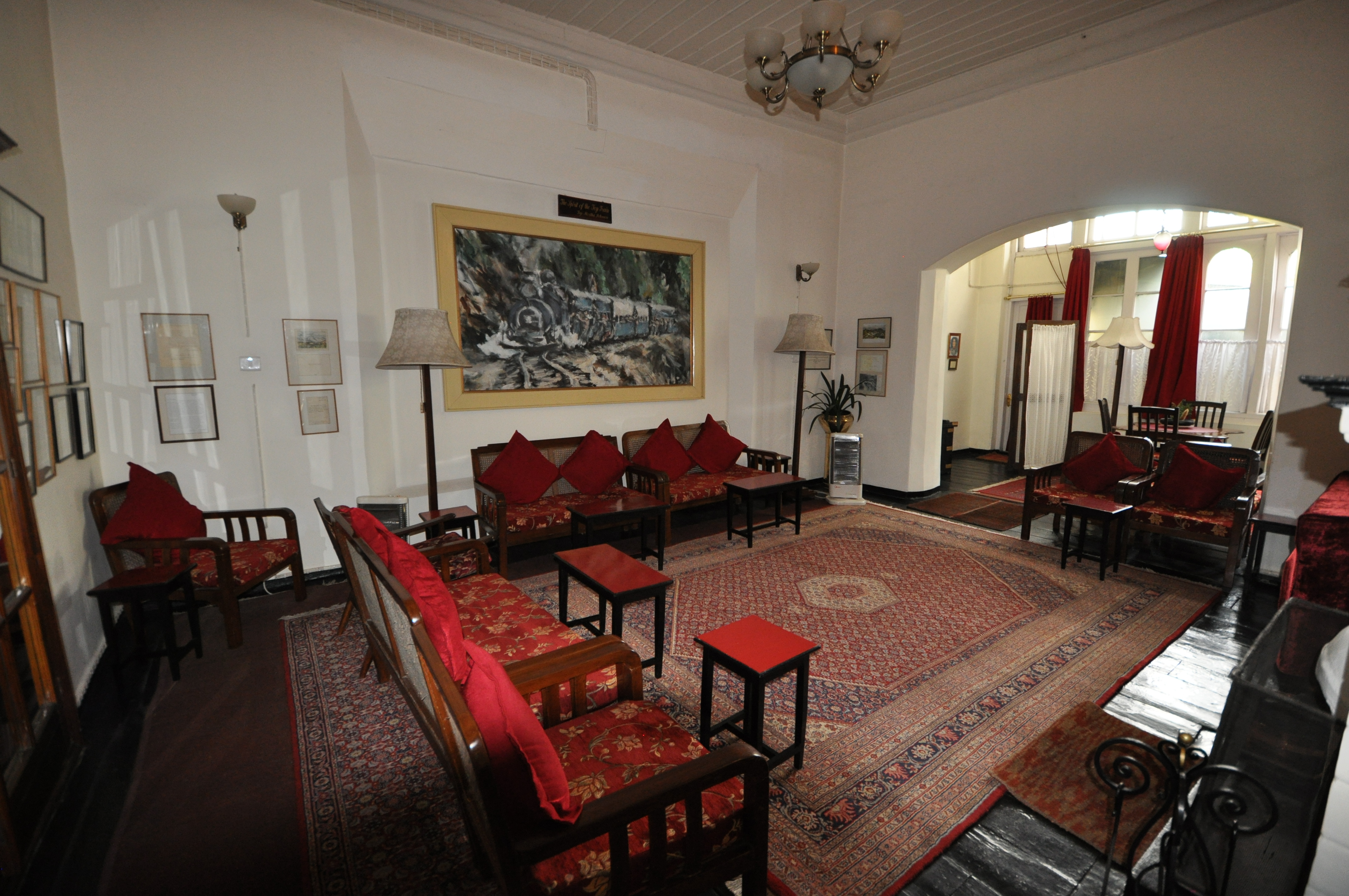
-

-
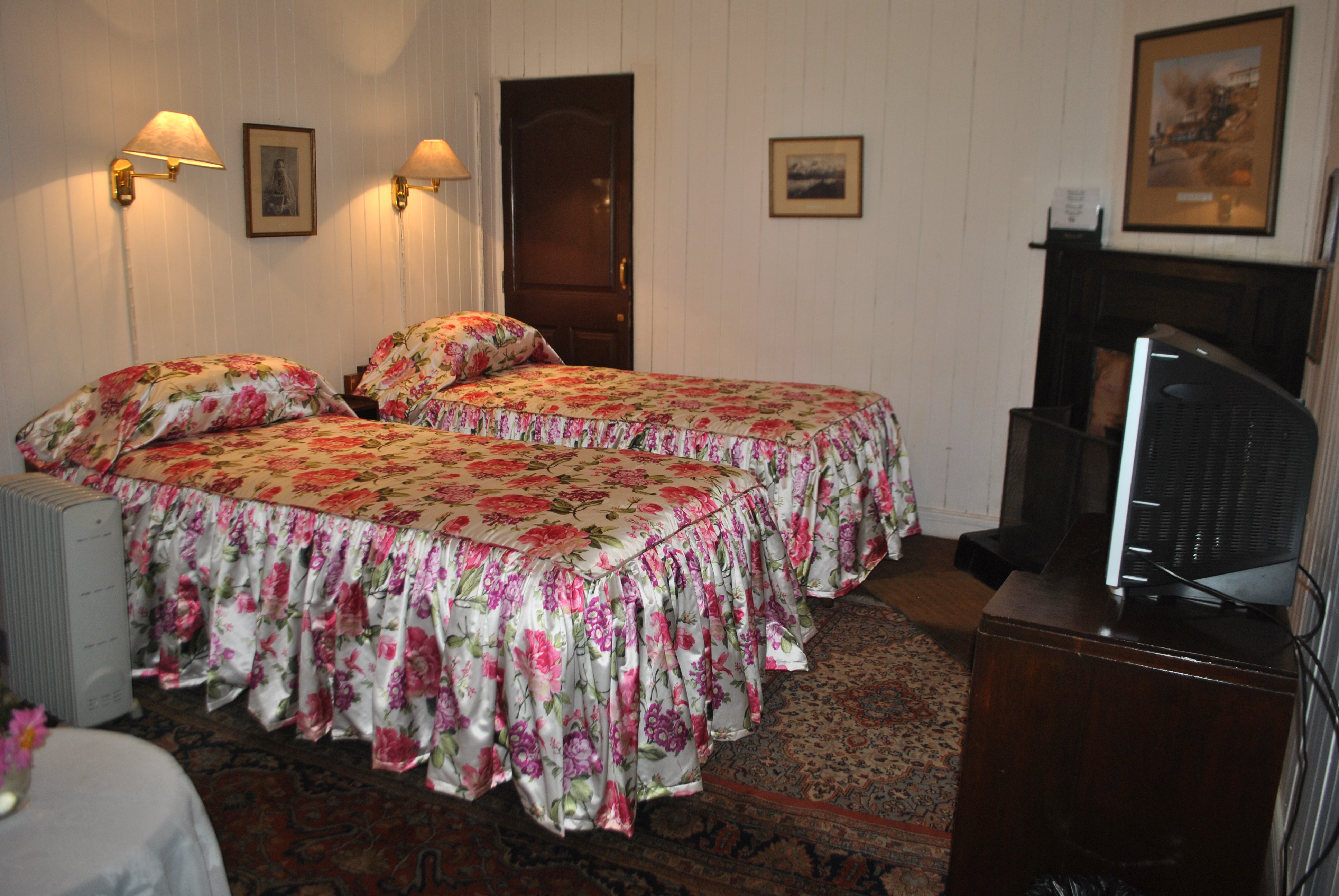
-

-

-

View of Kangchenjunga -
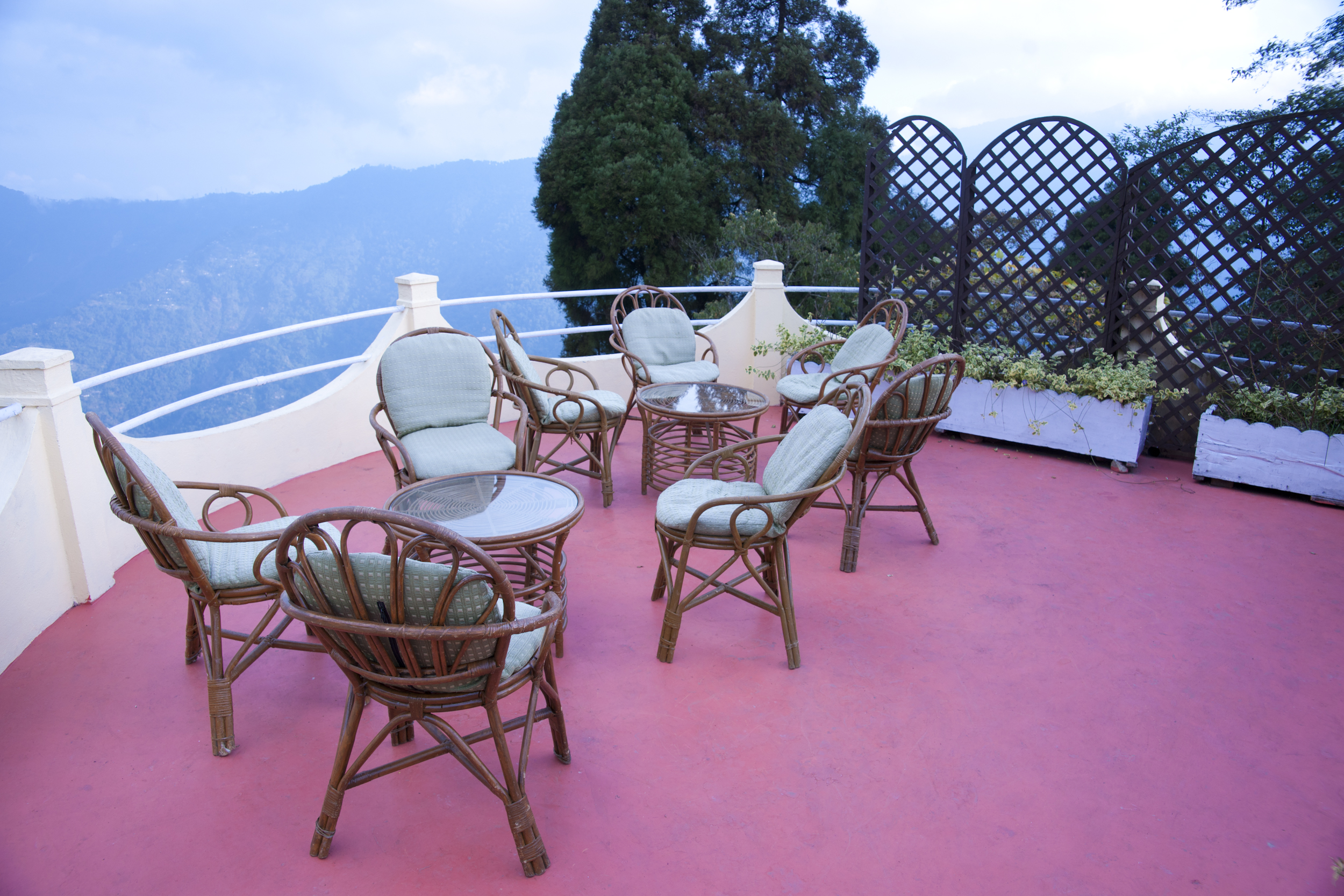
-

The Mall – 1930 -

Memories of the Raj
Location : Windamere Hotel is right across the Darjeeling Mall over the Observatory Hill.
More details: http://www.windamerehotel.com/
Picture courtesy : Windamere Hotel.
